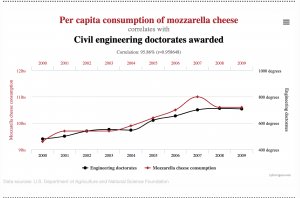I really liked the discussion of music in today’s podcast. Like we have previously talked about pop culture, music can often just be written off as entertainment that has no real value but the songs we listened to for today and the couple that Dr. Bezio brought up in the podcast, clearly shows that is not the case. Music can be used to comment on social or political issues, like with example we heard referencing opposition to the Vietnam War, as well as further a social movement, as we heard examples of music associated with the civil rights movement. Music can be very powerful because it can help us remember words or messages.
This was actually the first time I listened to Childish Gambino’s song “This is America”. I decided to listen to the song and watch the video before reading the accompanying article so I did not know what to expect. The music video caught me off guard from the very beginning when Childish Gambino quickly shot the person sitting in the chair in the back of the head. Especially since society often wants to think the things that represent America are positive, and the events of the music video are so clearly not. The music video as a whole kind of made me feel uncomfortable but that was the whole point. If we continue to ignore problems in society simply because they make us uncomfortable, no change will be made. Only by bringing these issues to light can we have public discourse on the issues that work to make change. A particularly shocking moment to me in the music video was when Childish Gambino catches the assault rifle and shoots the church choir. After doing the reading to provide me some context, I understand that this was supposed to reference the massacre in a Charleston church. I think this was a powerful decision because it is making the clear connection between the message of the song and real life events. While the song on its own definitely is still powerful, without closely listening to the lyrics I understand how it could be easy for someone to write it off as simply a song. This goes back to the importance of close-reading and analyzing pop culture because I am sure I have listened to many songs that are meant to have a powerful message that I could have overlooked.

